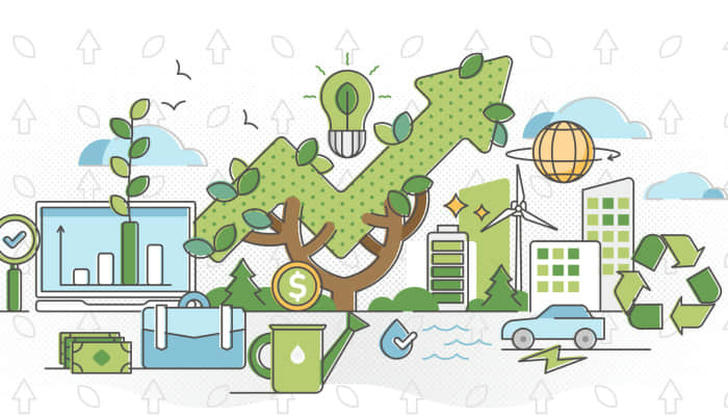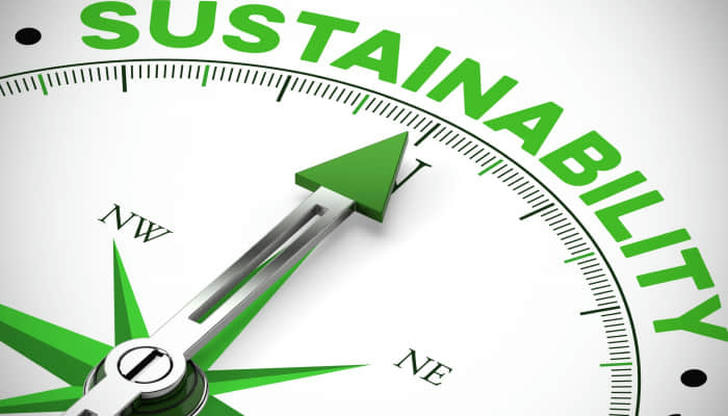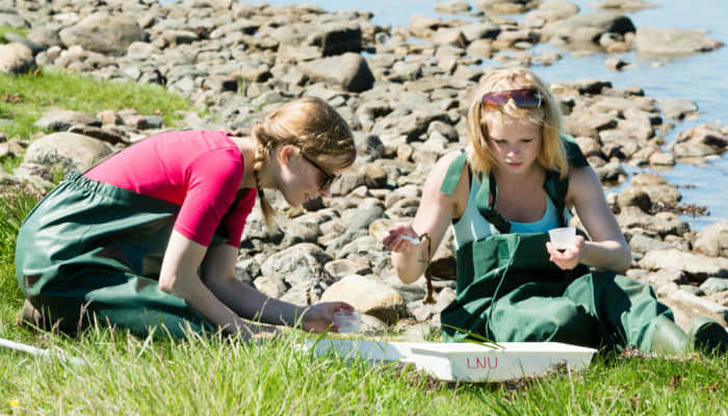Sustainable Solutions: Top Educational Programs for Aspiring Environmental Leaders

These days, environmental issues are no longer just about recycling or saving a tree here and there. We're talking about major global challenges: climate change, pollution, and loss of biodiversity. If you're passionate about solving these problems, it might be time to consider a career in sustainability. And guess what? The world is in desperate need of future environmental leaders—people like you!
If you're ready to take charge and make a real difference, this article will explore some of the best educational programs out there. We’ll cover what these programs offer, why they’re valuable, and share a couple of real-life examples to inspire you to take action.
1. Why Does Sustainability Matter?
Before we jump into the programs, let’s quickly talk about why sustainability is such a big deal. At its core, sustainability is about finding ways to meet our needs without ruining things for future generations. This involves protecting the environment, ensuring social fairness, and promoting economic growth that doesn’t harm the planet.
But here’s the kicker: solving these problems isn’t simple. It requires knowledge, strategy, and action. And the good news? You don’t have to do it alone. With the right education, you can become part of the solution.
2. Top Educational Programs for Aspiring Environmental Leaders
Now, let's dive into some of the best courses and programs that will help you get there. Whether you're into policy, science, or green architecture, there's something for everyone.
1. Master of Environmental Management (MEM)
If you're serious about becoming an expert in environmental solutions, a Master’s in Environmental Management is a solid choice. This program typically covers topics like resource management, environmental policies, and sustainable business practices. It’s perfect for those who want to lead large-scale environmental projects or work with government agencies and NGOs.
Case in point: Sarah completed her MEM at Yale and has since worked with the U.S. Environmental Protection Agency (EPA). She’s part of a team that develops policies for reducing carbon emissions. Her education gave her the skills to turn theory into action, and today she’s helping shape the future of environmental protection in the U.S.
Why it works: MEM programs help you build a broad understanding of environmental challenges and give you the tools to solve them through effective management and policy.

2. Sustainability Management Programs
If you’re interested in the business side of sustainability, a program in Sustainability Management might be your ticket. These programs teach you how to implement green practices in business operations—making sure companies reduce their environmental impact while staying profitable.
Real-life example: James earned his MBA in Sustainability Management from Columbia University. He now works for a tech company, where he leads efforts to reduce waste and create sustainable product lines. What started as a passion for sustainability in his college years has now turned into a career that balances environmental goals with corporate success.
Why it works: These programs show you how to integrate sustainability into everyday business decisions, making companies greener without sacrificing profits.
3. Environmental Science and Policy Programs
If you're drawn to the science of environmental issues and want to dig deep into the data, then an environmental science and policy program could be a great fit. These programs combine scientific research with policy-making, helping you develop strategies for tackling climate change, protecting ecosystems, and reducing pollution.
Example: Jack graduated with a degree in Environmental Science from Stanford University. After working with an NGO focused on water conservation, he created water-saving initiatives that were adopted in several African nations. His work is a perfect example of how the right education can lead to real-world impact.
Why it works: These programs give you the technical know-how to understand and tackle complex environmental issues through both research and policy development.
4. Green Building and Sustainable Architecture Programs
If you're more creative and hands-on, why not consider a career in green building? These programs focus on designing eco-friendly buildings, using renewable materials, and implementing sustainable technologies to reduce environmental impact.
Take Emily’s journey as an example: After completing a green building certification program at UC Berkeley, Emily started working on designing energy-efficient homes and commercial spaces. Her work today focuses on creating buildings that use less energy and water, contributing to a more sustainable urban environment.
Why it works: These programs allow you to turn your creative ideas into structures that benefit both people and the planet. You get to make cities smarter, greener, and more sustainable, one building at a time.

3. Making It Work: Real-World Experience Matters
While classroom learning is key, applying that knowledge to real-world challenges is where the magic happens. It’s great to read about climate change or sustainability practices, but nothing beats firsthand experience.
Case 1: Internships – The Best Way to Get Hands-On
During her time at UC Berkeley, Emily interned with a company that specializes in sustainable architecture. There, she got to work on projects that involved designing energy-efficient homes and assessing the environmental impact of existing buildings. This experience made all the difference when she started her full-time career.
Solution: While you're studying, try to get an internship or volunteer with organizations that focus on sustainability. Real-world experience will not only boost your resume but also teach you things you can't learn from a textbook.
Case 2: Networking – Who You Know Counts Too
Jack’s success wasn’t just due to his technical skills. He also made sure to attend environmental conferences and webinars, where he networked with other professionals and experts in the field. These connections helped him land jobs and even collaborate on projects with international organizations.
Solution: Attend events, join sustainability groups, and connect with people in your field. Networking will help you stay updated on the latest trends and open doors to exciting career opportunities.

4. What’s Next? Taking the First Step
So, what’s the takeaway from all of this? Education is essential, but it’s what you do with it that counts. The world needs environmental leaders who can apply knowledge in practical ways. Whether you're interested in policy, science, or architecture, there’s a program out there for you.
Remember, every effort counts when it comes to making the world a greener, cleaner place. The education you receive today will empower you to tackle the most pressing environmental challenges tomorrow.
In conclusion, environmental education isn’t just about studying the planet—it’s about saving it. So, choose a program that fits your passion and expertise, get involved in the field, and start making an impact. After all, the future of the planet could depend on what you do next.
